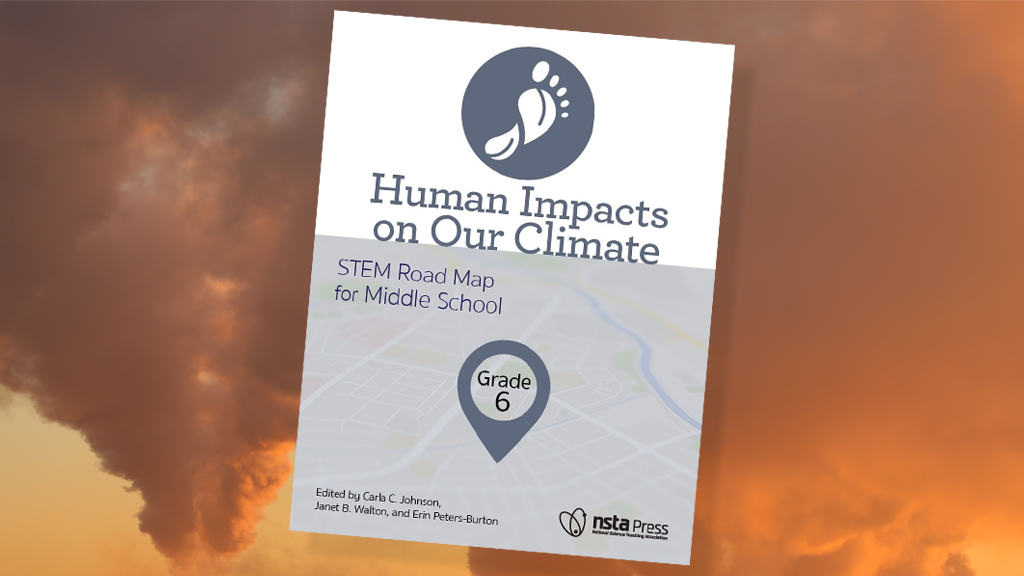Archive: Back to School with NSTA, NSELA, and CS3, August 20, 2020
The National Science Teaching Association (NSTA), the National Science Education Leadership Association, and the Council of State Science Supervisors have created a series of one-pagers that focuses on quality teaching and learning in science and provides a framework about the curriculum, instruction, assessment, and social-emotional considerations specific to science education that will help administrators, leaders, and teachers as they plan for instruction this fall.
The National Science Teaching Association (NSTA), the National Science Education Leadership Association, and the Council of State Science Supervisors have created a series of one-pagers that focuses on quality teaching and learning in science and provides a framework about the curriculum, instruction, assessment, and social-emotional considerations specific to science education that will help administrators, leaders, and teachers as they plan for instruction this fall.
The National Science Teaching Association (NSTA), the National Science Education Leadership Association, and the Council of State Science Supervisors have created a series of one-pagers that focuses on quality teaching and learning in science and provides a framework about the curriculum, instruction, assessment, and social-emotional considerations specific to science education that will help administrators, leaders, and teachers as they plan for instruction this fall.
The National Science Teaching Association (NSTA), the National Science Education Leadership Association, and the Council of State Science Supervisors have created a series of one-pagers that focuses on quality teaching and learning in science and provides a framework about the curriculum, instruction, assessment, and social-emotional considerations specific to science education that will help administrators, leaders, and teachers as they plan for instruction this fall.




